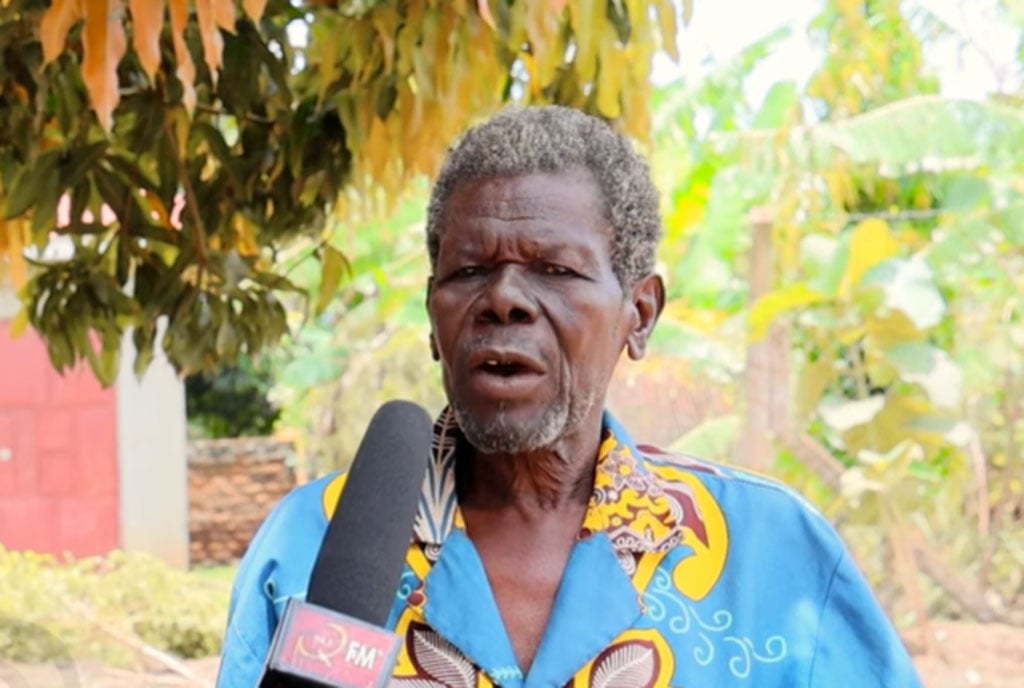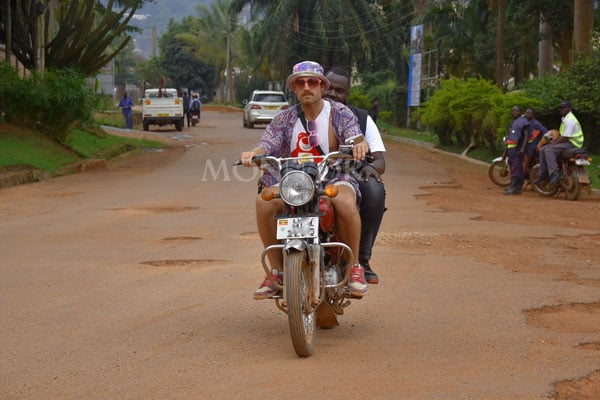Prime
Mabira Forest: a journey that soothes the mind

An aerial view of Mabira forest and below, are tourists trekking through it. A walk through a forest is refreshing. File photo.
What you need to know:
Stressed? Why not take a walk through Mabira forest walk will not only leave you refreshed, but also knowledgeable about Uganda’s gift that is the beautiful rainforest.
Lately, I have been stressed and kind of fatigued. Usually, to calm down and re-energise, I go to one of the lakeside beaches around Kampala or Entebbe. The lake has always had a calming effect on me but this time round, l wanted to do something different.
With that in mind, l opted to try a new outdoor activity- nature walking. There are few places near Kampala that offer this kind of activity. After weighing my options, l settled for Mabira forest. To get there, l boarded a taxi heading to Jinja at Nakawa. Apart from the unusually heavy traffic jam from Nakawa to Mukono, the rest of the journey was normal.
After about an hour, I was at Najjembe, the roadside roast chicken, beef and plantain market where l was to disembark and head to Mabira Rain Forest Lodge. It took me about 10 minutes on a boda boda to get to the lodge. While on my way, l did not know what to expect, apart from the obvious trees in the forest. I was taken aback by the beauty and tranquility of the place. The lodge facilities were constructed using natural materials in such a way that it co-exists harmoniously with nature. I was received by the receptionist who offered me a glass of fresh passion juice with a wide smile.
Shortly after, l joined a group of 10 other tourists, four of them Germans, who were also there for a walk in the forest. But before we embarked on the walk, Hajji Buruhani Kasozi, our guide, first gave us a brief about the forest. “Mabira Rain Forest is the third largest forest in Uganda and comes after Budongo Forest and Maramagambo Forest but it is the largest in central region,” Kasozi told us, “It derives its name from a Luganda word “kibira” but because there many kibiras, the plural is mabira. That’s how it got its name.”
He added that it covers more than 300 squares miles, with over 500 tree species, over 300 species of birds, 187 species of butterflies and 97 species of moths.
“We also have red tail monkey, grey cheeked magpies and velvet monkies,” Kasozi told us.
“There are also various types of small mammals like antelopes, water bucks, various types of wild cats including leopards, snakes like the king cobra, black mamba, vipers, puff adder, house snakes and others are also in plenty. The forest is 56kms from Kampala, and is located in three districts of Buikwe, Mukono and Kayunga,” Kasozi revealed.
He also told us that the Rain forest Lodge has 12 fully furnished self-contained rooms, a swimming pool, large bar, lounge, restaurant and a sauna. After the brief, we hit the forest for a two- hour forest walk. Kasozi who has been guiding tourists in Mabira forest for the last 17 years led us through the trails he designed himself. Along the way, he kept stopping and explaining the nature of the trees and their age. The tree we started at, although looking small and young, was over 40 years but short, because it does not get adequate sunshine. As we went on, he told us that the forest is full of medicinal roots, trees and shrubs which the local community is free to collect.
He however faults some medicine men who over-harvest the bark of the trees leading to their death. He singled out the warbughia ugandensis also known as ogukuza enume in Luganda which is a sort of aphrodisiac. He says warbughia ugandensis is on very high demand from medicine men from as far as Kenya, who pay very handsomely for its bark. This has endangered the specie.
“Even the former vice president Prof Gilbert Bukenya was here to research about the potency of this tree although he has never come back to share his findings,” Kasozi said disappointedly.
Propagation in the forest
As we continued with the walk, we came across some coffee trees and Kasozi explained that monkeys, which eat coffee seeds, pass them out in their droppings and they eventually germinate. We then came across another medicinal tree Prunas Africana called entassesa in Luganda. This, he said, is for older, and for fat people who may have clogged tubes or veins, “You just boil the bark of this tree and drink the liquid that arises from it. It cleans and clears veins making blood circulation easy and normal,” Kasozi informed us.
As we were making our way back to the lodge, Kasozi stopped at a short tree and asked, “Is anyone of you having love problems?” A few people’s hands shot up, and Kasozi said: “This tree known as makaranga (mweganza in Luganda) is a love tree. All you have to do, is break a piece and keep chewing on it as you call out the name of your love.”
He, however, warned that one should not take it if they are not serious because its effects are irreversible. I saw a few people even those who had not raised their hands breaking and chewing on the love tree. With that, we headed back to the lodge all sweaty, tired but refreshed.
After the walk, l rested a bit by the pool enjoying every bit of my stay. When it was time to return home as if on cue, the birds, crickets and monkeys, started singing in turns, saying their good byes to me. I came back to our noisy, lovely city all refreshed and ready for the new week ahead. I now know where to turn to when I am low.
THE MABIRA FOREST TOUR GUIDE
Hajji Buruhani Kasozi, a Mabira forest tour guide said at 55 years, he is preparing to retire after educating all his eight children. One of them is a serving UPDF officer. On a good day, he says he gets tips of up to $100 (about Shs250,000). But he says language barrier is his main challenge.
Although he speaks good English, some tourists especially from Eastern Europe and China do not speak or understand English, so communication becomes difficult.
“My other challenge is when l tell guests that we have snakes and small mammals here, they expect to see them all but these animals live deep in the forest and seeing them at times is hard but some tourists bark at me, calling me a liar for not showing them these animals,” Kasozi lamented.




